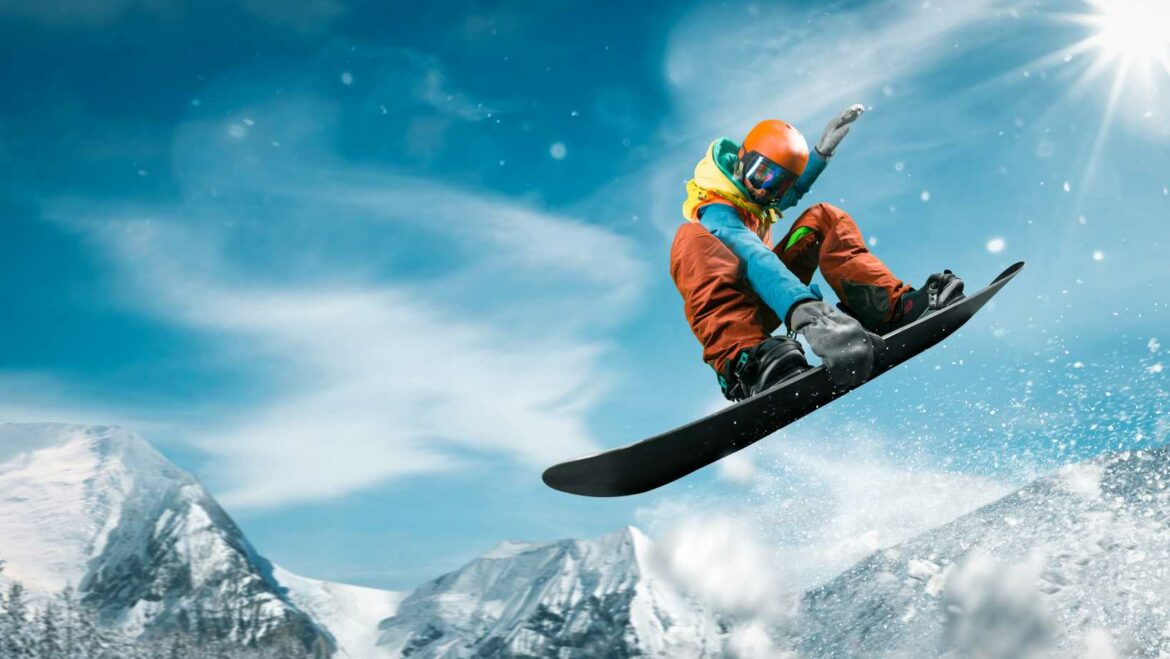A freestyle snowboard is a type of board designed for riders who want to do tricks and jumps. It is generally smaller and has a twin tip shape, which allows for easy turning and landing of jumps.
What is a freestyle snowboard
A freestyle snowboard is a special type of snowboard designed for performing tricks and maneuvers. The key difference between a freestyle snowboard and other types of snowboards is the shape of the nose and tail. Freestyle boards have a shorter nose and a wider, more symmetrical shape, which makes them more stable when landing jumps and performing other tricks. Many freestyle snowboards also have special features like extra grip on the edges and tips, extra padding, and softer flex to make them easier to control.
The different types of freestyle snowboards
The different types of freestyle snowboards are designed to perform certain tricks. The three main types of freestyle snowboards are the jib board, the park board, and the pipe board.
The jib board is designed for doing tricks on objects such as rails and boxes. Jib boards are usually shorter and have softer flex to make spinning and sliding easier. Park boards are designed for riding in terrain parks. They are often lighter weight and have a twin tip shape so that you can ride themswitch (backwards). Pipe boards are designed for riding in half pipes. They often have a symmetrical shape and stiff flex for stability when going high up in the air.
Nowadays, there are also all-mountain freestyle boards that can be used for everything from park riding to pow (deep powder) days. These boards are usually twin tip shaped with a mid-to-stiff flex.
The benefits of freestyle snowboarding
Freestyle snowboarding is a type of boarding that emphasizes tricks and turns. Freestyle boards are generally shorter and have a twin-tip shape, making them well suited for performing tricks. Many freestyle riders also enjoy riding in the powder, as the shorter boards are easier to maneuver in deep snow.
There are several benefits to riding a freestyle snowboard. First, the shorter length makes spinning and turning easier. This is especially beneficial for riders who want to perform tricks and turns. Second, the twin-tip shape makes landing jumps and tricks easier. And finally, freestyle riders often enjoy the powder riding because the shorter boards are easier to maneuver in deep snow.

The best freestyle snowboards on the market
When it comes to choosing a snowboard, there are a variety of factors to consider – including the type of snowboarding you want to do. Freestyle snowboarding is a discipline that combines elements of halfpipe, big air, slopestyle and skating. In order to perform well in this discipline, you need a Freestyle snowboard that is specifically designed for it.
There are a few things to look for when choosing the best Freestyle snowboard for you. Firstly, you need to consider the boards width. A wider board will provide you with more stability when landing jumps and performing tricks – making it ideal for beginners or those who want to progress their riding. Secondly, you need to think about the board’s flex. A board with a softer flex is better for freestyle riding as it’s more forgiving and easier to control. Finally, you need to decide whether you want a camber or rocker profile. A camber board will give you more pop and support when doing big air tricks, while a rocker board is better for jibbing and dancing around on the slopes.
To help you choose the best Freestyle snowboard for your needs, we’ve put together a list of our top picks below.
The top freestyle snowboarders in the world
The top freestyle snowboarders in the world love to ride powder and hit the rails and pipes. A freestyle snowboard is a twin-tip board that is shorter, wider, and softer than an all-mountain snowboard. The twin tips make it easier to ride switch (backwards) and perform tricks in the park or pipe. Most freestyle boards have a center mounted binding stance that is set back from the center of the board slightly. This gives you more control when carving and hitting jumps.
The history of freestyle snowboarding
It’s thought that freestyle snowboarding began in the late 1970s when a group of young riders in Colorado started experimenting with tricks on their boards. From there, the sport quickly spread to other parts of the US, Europe and Japan.
In the 1980s and 1990s, freestyle snowboarding really took off, thanks to the invention of new tricks and the development of specialised equipment. The first halfpipe was built in 1983, and by the early 1990s, most Snowboarders were riding freestyle.
During the 1998 Winter Olympics in Nagano, Japan, freestyle snowboarding was recognised as an official sport for the first time. Since then, it has gone from strength to strength, with more and more people taking up the sport every year.
Nowadays, there are four main disciplines in freestyle snowboarding: alpine (racing), big air (jumping), halfpipe (performing tricks in a U-shaped pipe) and slopestyle (performing tricks on a course featuring rails and jumps).
The future of freestyle snowboarding
Over the past few years, there has been a rapidly growing movement in the snowboarding world towards freestyle riding.
Freestyle snowboarding is all about doing tricks and tricks are all about having fun. This style of riding is often associated with half pipes and big air, but it doesn’t have to be. Any time you’re riding and trying new things on your snowboard, you’re doing it freestyle.
